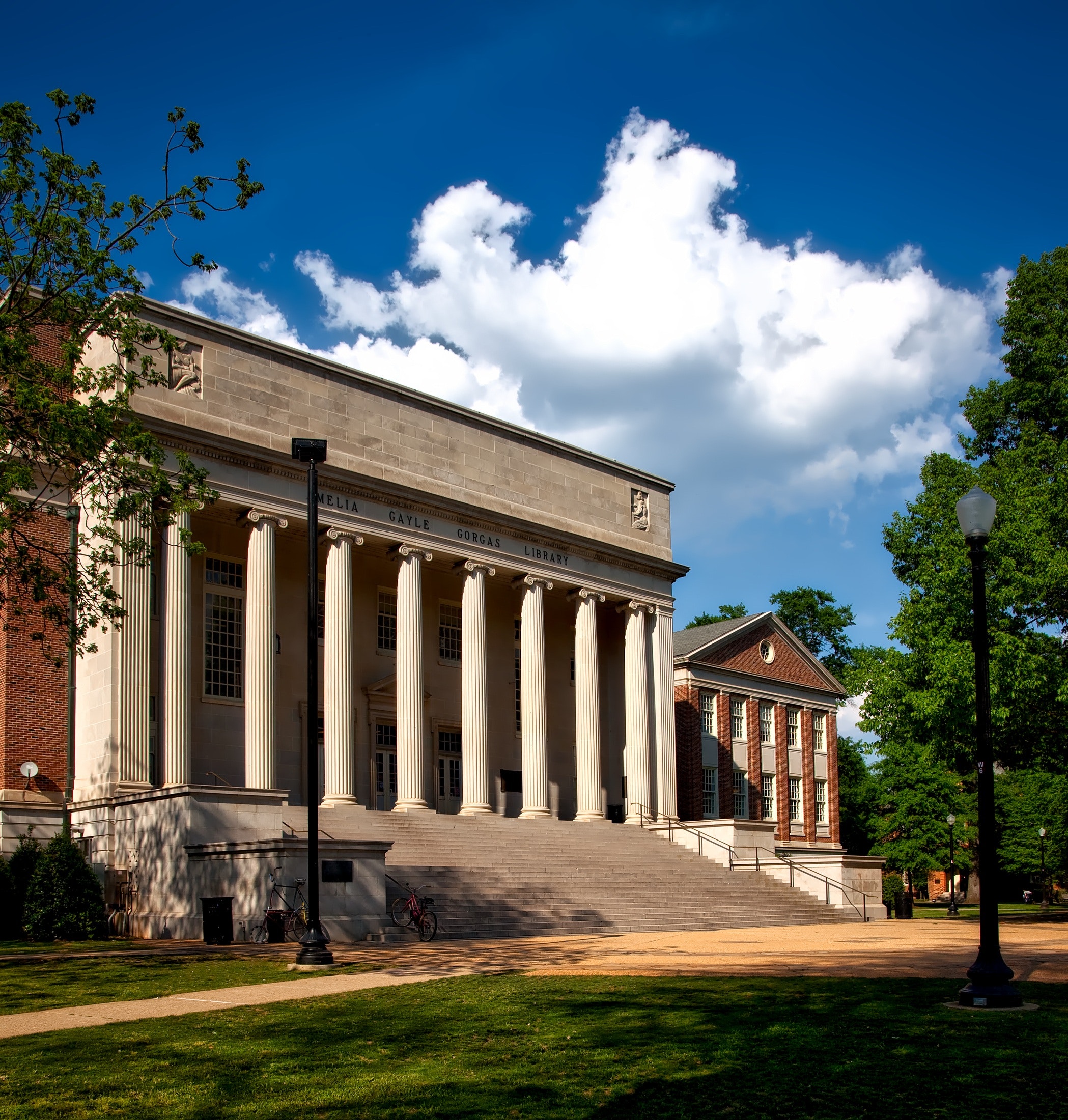
Latest Update: May 5, 2025
Interested in studying engineering, but also see yourself in a smaller (fewer than 5,000 students) campus community with an undergraduate focus? Yes, that exists! Liberal arts colleges with engineering and engineering-focused colleges offer hands-on experiences, small class sizes, undergraduate research opportunities and close faculty interaction. Additional possibilities include the U.S. Military, Air Force and Naval Academies, as well as excellent 3+2 programs, which allow students to earn a dual degree by spending three years at a liberal arts college and two at a university with an engineering school.
Lewisburg, Pennsylvania
Bucknell offers engineering programs in a liberal arts context that focus on teamwork, innovation, communication, hands-on learning and close student-faculty interaction. Both bachelor’s and master’s degrees, as well as 5-year dual degree programs in Engineering & Management, Liberal Arts & Engineering and a B.S.-M.S. in Engineering are available. Special Engineering Programs include: Engineering in a Global Context, Engineering Success Alliance, Grand Challenges and Institute for Leadership in Technology & Management.
Just the facts
New York, New York
The Cooper Union for the Advancement of Science and Art offers programs in architecture, art and engineering. All students develop a liberal arts foundation through seminars in humanities and social sciences. The engineering program focuses on project-based learning, undergraduate research and collaborative teamwork in a conservatory style environment. In addition to undergraduate degrees, a B.S.-M.S. dual degree program is available.
Just the facts
Claremont, California
Harvey Mudd, part of the Claremont Colleges Consortium, focuses on engineering, science and mathematics through a liberal arts perspective. While all nine majors are in these areas, students take core courses that give them a broad scientific background, as well as courses in the arts, humanities and social sciences. Mudd’s renowned Engineering Clinic is an internationally recognized model of experiential learning where students work with faculty advisors and external engineers to solve real problems for real clients.
Just the facts
Easton, Pennsylvania
Lafayette offers undergraduate engineering within a liberal arts context, emphasizing close faculty-student interaction, undergraduate research, hands-on projects and the opportunity to study abroad. Degrees are offered in six subjects, and minors are available in bioengineering and mechanical engineering. The engineering division also offers Grand Challenges, service learning and highly ranked career services.
Just the facts
Milwaukee, Wisconsin
MSOE offers undergraduate programs in engineering, business, nursing and math, as well as 11 graduate programs. In engineering, the focus is on hands-on experience, connection with professors, fast-paced learning and learning integrated with industry. Students take major-specific classes from the first quarter, and also take humanities, social sciences, general electives and professional preparedness courses.
Just the facts
Needham, Massachusetts
Founded in 1997, Olin prides itself on its innovative approach to engineering – experiential learning to build technical expertise as well as an environment of exploration and creativity. Students focus on engineering from day one, and also take courses in the arts, humanities and social sciences in a collaborative, hands-on, interdisciplinary academic culture. Cross-registration at Babson, Brandeis and Wellesley widen academic offerings, and students are encouraged to study away.
Just the facts
Terre-Haute, Indiana
Rose-Hulman is focused on science, technology, engineering and mathematics in an academic environment that values individual attention. There are 14 academic departments, including eight in engineering. Hands-on, student-driven research is emphasized, as is study abroad. Eight Master’s degree programs are also available.
Just the facts
Northampton, Massachusetts
Smith has the first all-women’s ABET-accredited engineering program in the U.S. The program is grounded in a liberal arts context, with a flexible curriculum that contextualizes engineering in a larger societal context and encourages learner-centered, collaborative education. Students who plan to become practicing engineers pursue the B.S. degree and those who are interested in engineering as a subject on the forefront of technology and science, but don’t plan to become engineers pursue the B.A. degree.
Just the facts

Marc is the author of Untangling the Ivy League, a best-selling guidebook on the Ancient Eight. He earned a BA from Cornell University and an MBA from University of North Carolina – Chapel Hill. Marc chaired the admissions ambassadors at Cornell and the admissions advisory board at UNC.

